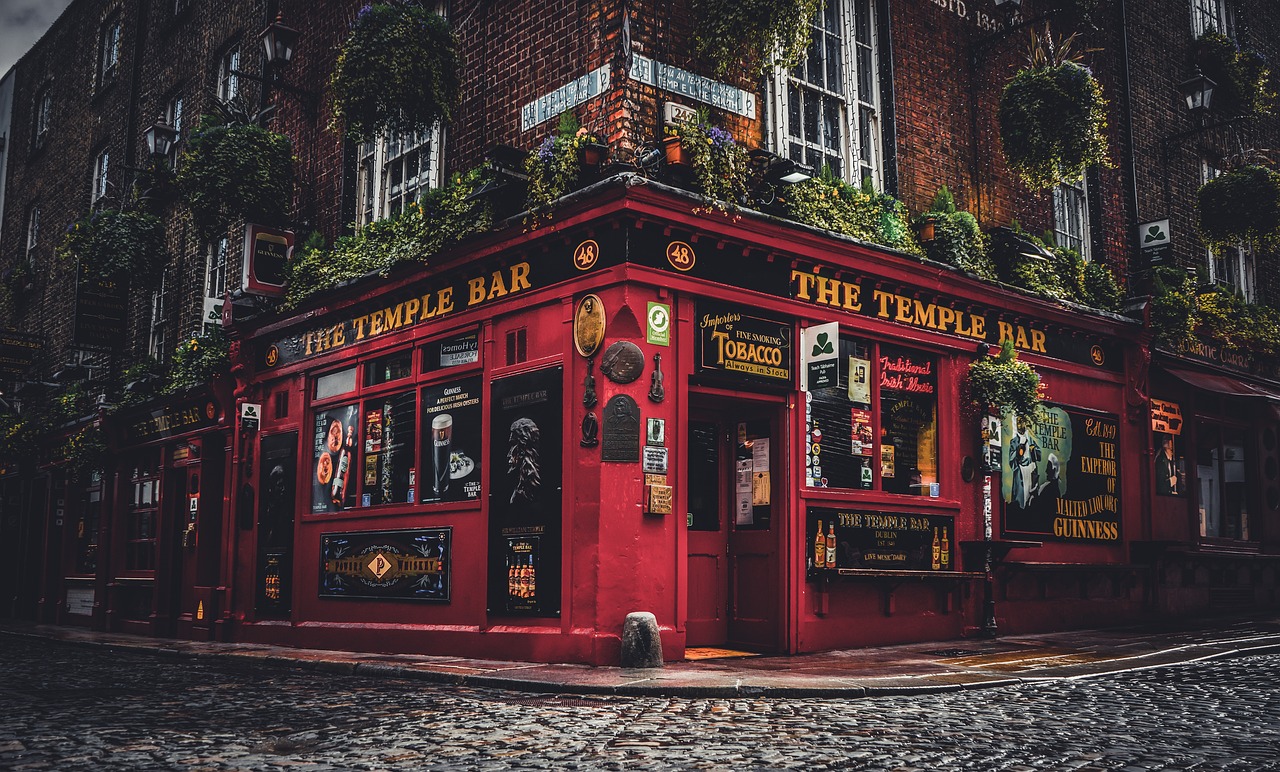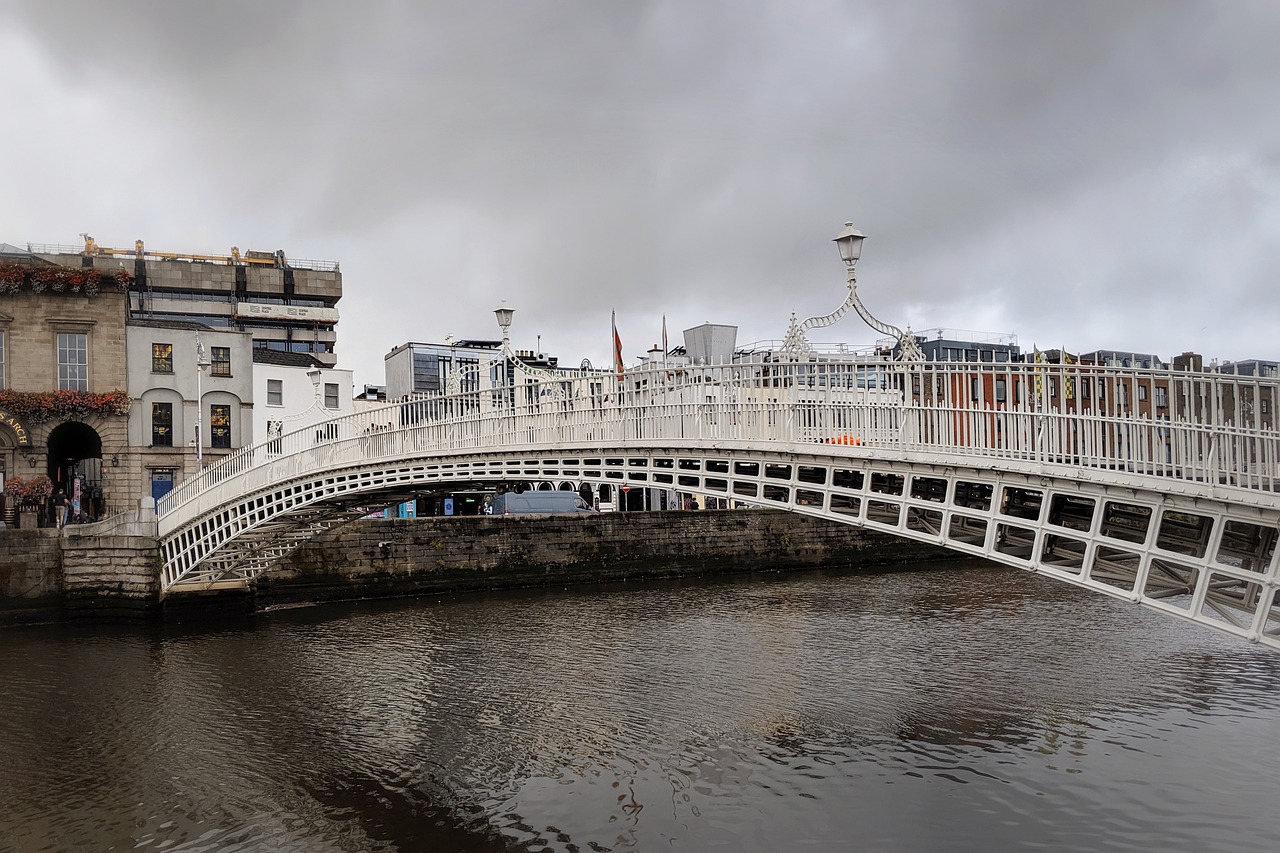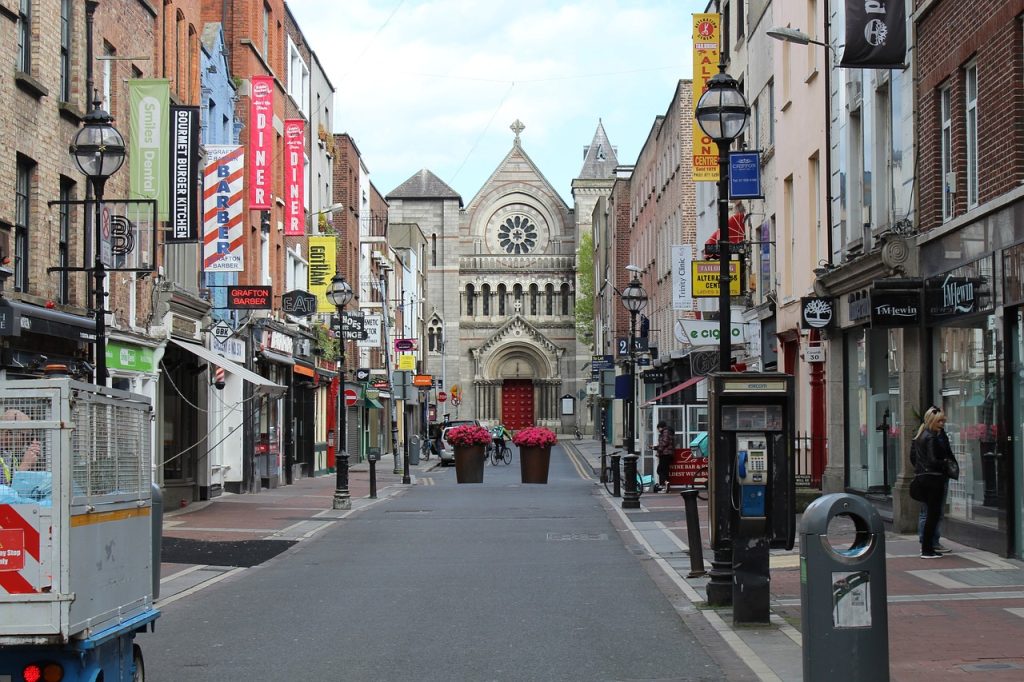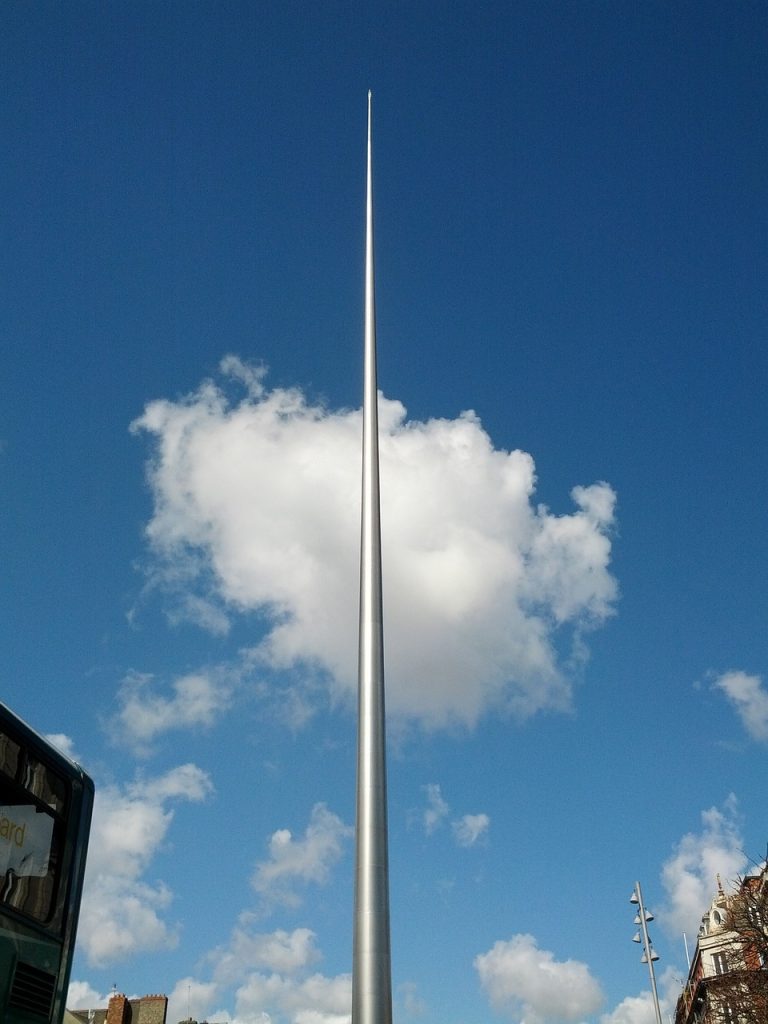Dublin Ireland Video
Introduction
Dublin, the capital city of Ireland, is a vibrant and bustling metropolis with a rich history, stunning architecture, and a vibrant culture. One of the best ways to explore this charming city is through its extensive public transportation network. From buses to trams, Dublin offers a range of options for getting around conveniently and efficiently. In this complete guide to public transportation in Dublin, you will find everything you need to know to navigate the city like a local.
Bus Services
- Frequency: Buses in Dublin run frequently, with most routes operating from early morning until late at night. During peak hours, buses typically run every 10-15 minutes, while off-peak services may have longer intervals.
- Routes: Dublin Bus operates an extensive network of routes that cover the entire city and its suburbs. From the city center to the outskirts, you can easily reach popular attractions, residential areas, and shopping districts.
- Fares: The fare system in Dublin is based on a zone system. The fare depends on the number of zones you travel through, with different rates for cash and prepaid tickets. Leap cards, a reusable smart card, offer discounted fares and are a convenient option for frequent travelers.
- Accessibility: Dublin Bus is committed to providing accessible services for people with disabilities. Many buses are equipped with ramps and designated spaces for wheelchair users.
Rail Services
- DART: The Dublin Area Rapid Transit (DART) is a suburban rail service that connects the city center with coastal areas. It offers scenic views of Dublin Bay and stops at popular destinations such as Howth and Dun Laoghaire.
- LUAS: The LUAS is Dublin’s light rail system, consisting of two lines: the Green Line and the Red Line. The Green Line runs from the city center to the southern suburbs, while the Red Line connects the city center with the western and northwestern suburbs.
- Fares: Similar to buses, the fare for rail services is based on a zone system. Leap cards can also be used on DART and LUAS, providing a convenient and cost-effective way to travel.
- Timings: DART and LUAS services operate from early morning until late at night, with trains running at regular intervals. During peak hours, trains are more frequent, ensuring efficient transportation.
Taxi Services
- Availability: Taxis are readily available throughout Dublin, and you can easily hail one on the street or find them at designated taxi ranks. It’s advisable to look for licensed taxis, which display a roof sign and a license plate.
- Fares: Taxis in Dublin operate on a metered system. The fare is calculated based on distance traveled and time spent in the taxi. Additional charges may apply for late-night journeys and luggage.
- Apps: Several taxi-hailing apps, such as Uber and Free Now, operate in Dublin. These apps allow you to book taxis, track their arrival, and pay through the app, providing a convenient and cashless option.
- Taxi Companies: Dublin has several reputable taxi companies, including Lynk, National Radio Cabs, and Dublin Taxi Co-op. These companies offer reliable and professional services.
Tram Services
- LUAS: As mentioned earlier, the LUAS is Dublin’s light rail system, providing efficient transportation within the city and its suburbs. It is a popular option for traveling to major attractions and business districts.
- Routes: The LUAS has two lines: the Green Line and the Red Line. The Green Line covers destinations such as St. Stephen’s Green, Ranelagh, and Sandyford, while the Red Line connects the city center with areas like Tallaght and Saggart.
- Ticketing: Similar to other public transport modes, the LUAS operates on a prepaid ticket system. Leap cards can be used, or you can purchase single or return tickets from ticket machines at LUAS stops.
- Accessibility: LUAS trams are designed to be accessible for people with disabilities. All trams have designated spaces for wheelchair users, and stations are equipped with ramps and elevators.
Dublin Ireland Image 1: 
Getting to and from the Airport
- Dublin Airport Bus: The Airlink Express buses provide direct connections between Dublin Airport and the city center. The route options include Airlink 747 and Airlink 757, offering convenient and affordable transfers.
- Taxis: Taxis are readily available at the airport, providing a convenient option for travelers with heavy luggage or those seeking a direct transfer to their destination.
- Private Transfers: Several private transfer services operate at Dublin Airport, offering pre-booked transfers to hotels and other destinations. These services provide a comfortable and hassle-free travel experience.
- Car Rental: If you prefer to drive, several car rental companies have desks at Dublin Airport. Renting a car gives you the flexibility to explore Dublin and its surrounding areas at your own pace.
Using Public Transportation for Sightseeing
- Hop-On Hop-Off Buses: Dublin offers several hop-on hop-off bus tours, allowing you to explore the city’s top attractions at your own pace. These tours provide informative commentary and convenient stops near major landmarks.
- Public Transport Passes: The Leap Visitor Card is an excellent option for tourists. It provides unlimited travel on buses, trams, and trains within designated zones, allowing you to make the most of your sightseeing adventures.
- Guided Tours: Many tour operators offer guided tours to popular attractions outside the city, such as the Cliffs of Moher and the Giant’s Causeway. These tours often include transportation and provide a convenient way to explore the stunning Irish landscape.
Dublin Ireland Image 2: 
Planning Your Journey
- Real-Time Information: Dublin Bus and LUAS provide real-time information on their websites and mobile apps. This allows you to check bus and tram arrival times and plan your journey accordingly.
- Journey Planner: The Transport for Ireland website offers a journey planner tool that helps you find the best routes and modes of transport for your journey. It provides detailed instructions and estimated travel times.
- Google Maps: Google Maps is a useful tool for planning your journey in Dublin. It provides directions for public transportation routes, including buses, trams, and trains.
- Peak Hours: It’s important to consider peak hours when planning your journey, as public transport may be busier during these times. Avoiding peak hours can help ensure a more comfortable travel experience.
Public Transportation Etiquette
- Queueing: When waiting for a bus or tram, it’s important to form an orderly queue. This ensures a smooth boarding process and allows everyone to board in a fair and organized manner.
- Priority Seating: Public transport in Dublin has designated priority seating for elderly, disabled, and pregnant passengers. It is courteous to offer these seats to those who need them.
- Noise and Litter: Being considerate of others is essential while using public transportation. Keep noise to a minimum and dispose of any litter in the provided bins or take it with you until you find a suitable disposal point.
- Valid Tickets: Make sure to have a valid ticket or card before boarding public transport. Inspectors may conduct random checks, and traveling without a valid ticket can result in fines.
Conclusion
Dublin’s public transportation system offers a convenient and efficient way to explore the city and its surroundings. With buses, trams, trains, and taxis, getting around Dublin is easy and affordable. Whether you’re a tourist or a local resident, utilizing public transportation can save you time and enhance your overall travel experience in Dublin.
References
- www.dublinbus.ie
- www.irishrail.ie
- www.luas.ie
- www.dublinairport.com
- www.transportforireland.ie
Dublin Ireland Image 3: 







